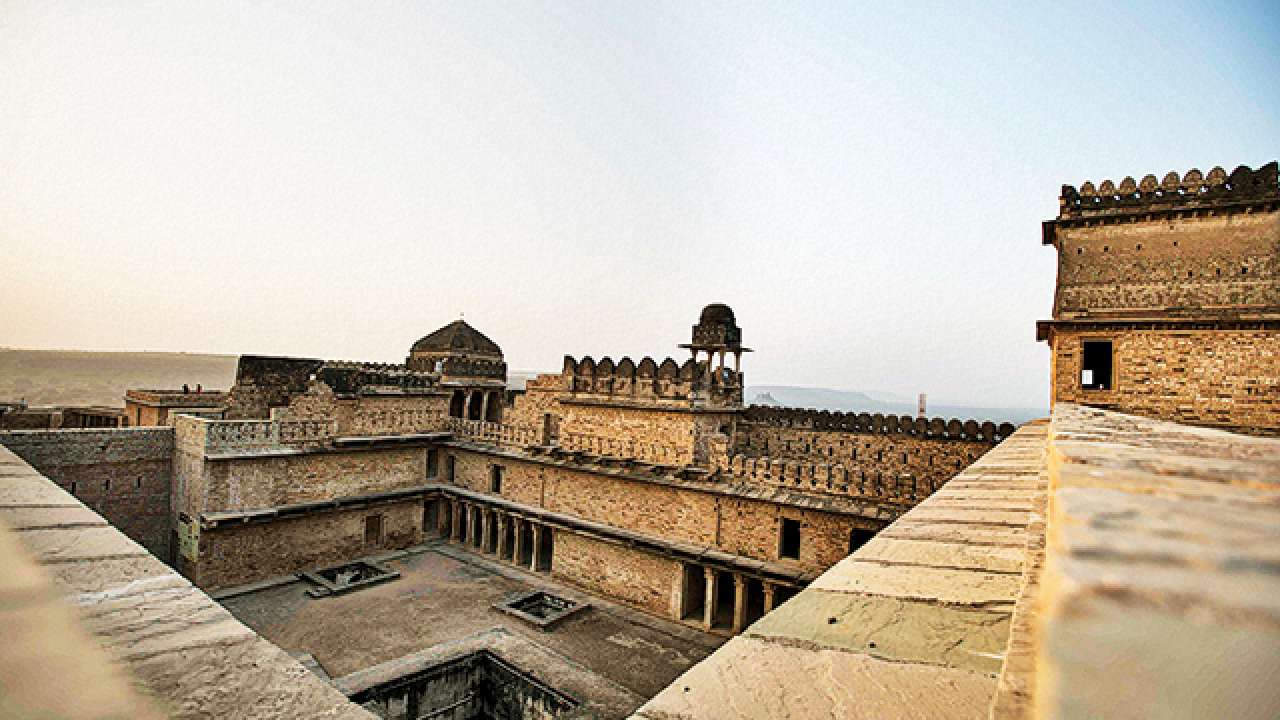
The Eastern Rajput groups such as Purbiyas, Ujjaynias and the Bundelas — based in present-day Madhya Pradesh, Bihar and Uttar Pradesh — emerged as major military forces in the 15th-16th century. Some of these began as feudal militia in breakaways states of the Delhi Sultanate, but others were Rajput clans that emigrated eastwards in previous centuries. Rajput ethos and local socio-religious beliefs about soldiering attracted thousands of caste men from eastern UP and Bihar. Despite the mercenary aspect, notions of honour and bravery were strongly adhered to. The outlook and fighting skills were highly valued and many powers sought their services. Sher Shah Suri, Rana Sanga, Bahadur Shah of Gujarat, Hemu, etc. fielded Eastern Rajput forces. These sovereigns were successful conquerors partly due to their ability to acquire such professional soldiers. Early 16th century India witnessed numerous conflicts; in this chaos powerful Eastern Rajput warlords carved out large domains — but this ascent would soon end calamitously.
By about 1525 CE, chiefs such as Medini Rai, Silhadi and Rudra Pradap ruled large areas in Central India. These lands were rewards for service, or were annexed through warfare. For instance, Purbiya lord Medini Rai rose through service to a Malwa Sultan, ultimately claiming Chanderi when the relationship soured. The households of these chiefs soon swelled with women from defeated noble families, many of them Muslims. While the relationship was not always that of master and servant or concubine, the mere presence of such women would be used by some enemies.
In 1526 CE, Babur ended the Delhi Sultanate in Panipat. He then defeated Rana Sanga’s grand alliance in Khanwa. Many Eastern Rajputs served Rana Sanga, but Silhadi, the Purbiya lord of Raisen, withdrew support before the battle. Perhaps this was due to Babur’s secret overtures to Silhadi. Medini Rai had remained true, but escaped the carnage. Babur then targeted the Afghans in the Gangetic Valley. For this, subduing Chanderi was important.
The Mughals besieged Chanderi in January 1528. Subterfuge and smart deployment caught Medini Rai unawares, and the defence collapsed. Medini Rai then unleashed the terrible twin-rituals of Saka-Jauhar. The women committed Jauhar. The men wore saffron and fought to the death after consecrating themselves in the Saka ritual. Subsequently, Chanderi became a base for Babur’s eastern wars.
Babur unexpectedly died in 1530 CE, and the Mughal threat subsided. Silhadi now allied with Bahadur Shah of Gujarat to conquer the Malwa Sultanate. The grateful Bahadur Shah invited Silhadi to his court. However, some nobles raised the matter of Muslim women in Silhadi’s household when he presented himself. Some accounts mention that this was arranged by Bahadur Shah as he feared Silhadi’s growing power. Previously, Medini Rai had released such captives when he was similarly charged, but Silhadi refused. He was imprisoned and was Raisen besieged in 1532. Silhadi’s sons, Bhupat and Puranmal, were fortunately away when this happened. The defenders, led by Silhadi’s wife Durgavati and his brother, held out stubbornly. Silhadi suggested that he would ensure surrender if he were sent into Raisen to negotiate. When Silhadi entered Raisen, he was shamed by Durgavati, who rallied everyone to die with honour. A Saka-Jauhar followed and all perished by fire or sword.
Silhadi’s sons retook Raisen after Bahadur Shah was killed in 1537. Bhupat’s death in 1540 elevated Puranmal as the lord of Raisen. Puranmal then conquered Chanderi with much bloodshed. At this point, Sher Shah Suri had toppled Humayun as Emperor. Accounts speak of Muslim women, who survived the conquest of Chanderi, demanding revenge for their husbands and enslavement of their kin. Anyway, Sher Shah had always desired Malwa and Bundelkhand. Sher Shah besieged Raisen in 1543. After an inconclusive siege, both parties discussed peace in a large camp outside the fortress — under oath of safe passage for the Rajputs and their families. Chanderi was restored to the widows and Puranmal promised fealty. Sher Shah marched off to Agra while the Rajputs remained encamped. However, Sher Shah was waylaid by the Chanderi widows who cursed him for sparing Puranmal. The clerics advised Sher Shah to break the oath to an infidel and he raced back to surround Puranmal’s camp. The trapped Puranmal beheaded his wife and ordered his men to kill their women and fight to the death. A terrible carnage followed, and except for a handful, thousands perished.
These events diminished the Eastern Rajputs. A few such as the Bundelas of Kalinjar survived, but chiefs of Medini Rai’s or Puranmal’s stature did not rise again. However, the regions from which they mustered armies continued to be a major source of manpower for the Mughals, Marathas and the British. Now, small clans engaged in military brokerage or ex-soldiers conducted the recruitments. Even this dominance ended following the 1857 Rebellion as many Sepoys from these regions mutinied. The British significantly shifted military recruitment from other groups now deemed as “martial castes”.
The author, an IIM Ahmedabad graduate working in the energy sector, has a keen interest in history, politics and strategic affairs